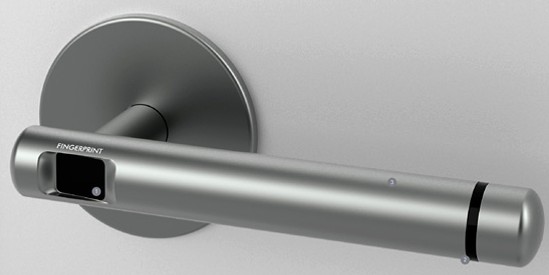 My post from last week along with a conversation I had with my brother got me thinking about all the good pharmacy ideas that never see the light of day. I know there are some great ideas out there because I’ve been fortunate enough to see many of them in my travels. My job gives me the opportunity to visit a lot of hospital pharmacies and speak to a lot of pharmacists and pharmacy technicians. Trust me when I say there are a lot of smart people out there that could improve the practice of pharmacy with their ideas.
My post from last week along with a conversation I had with my brother got me thinking about all the good pharmacy ideas that never see the light of day. I know there are some great ideas out there because I’ve been fortunate enough to see many of them in my travels. My job gives me the opportunity to visit a lot of hospital pharmacies and speak to a lot of pharmacists and pharmacy technicians. Trust me when I say there are a lot of smart people out there that could improve the practice of pharmacy with their ideas.
So why is it that so many good ideas don’t get the attention they deserve? There are lots of reasons.
(more…)




